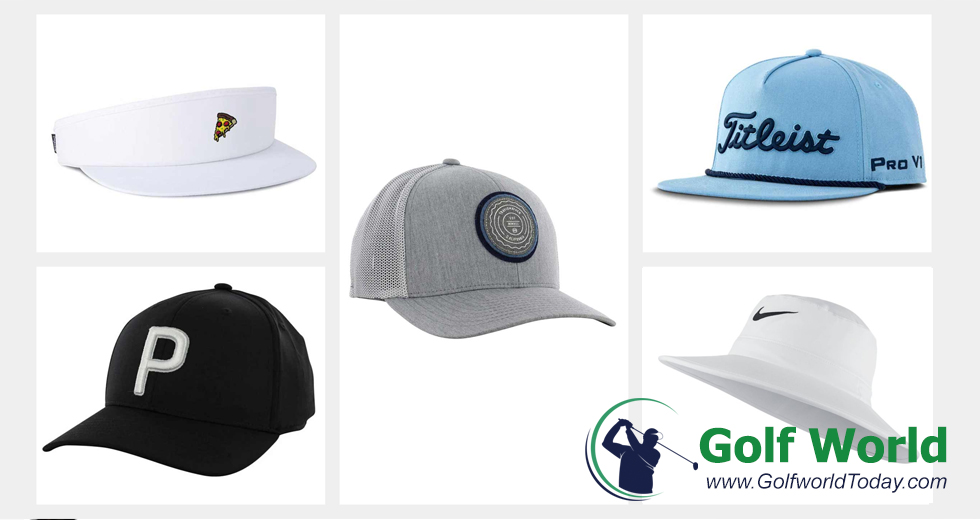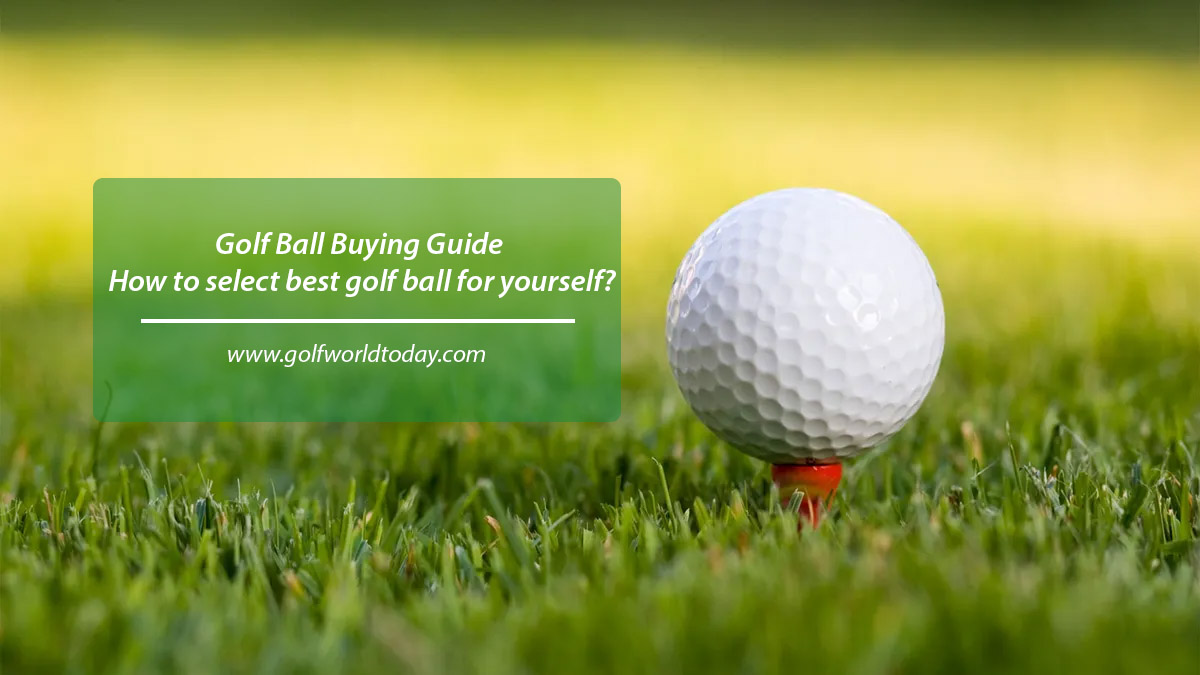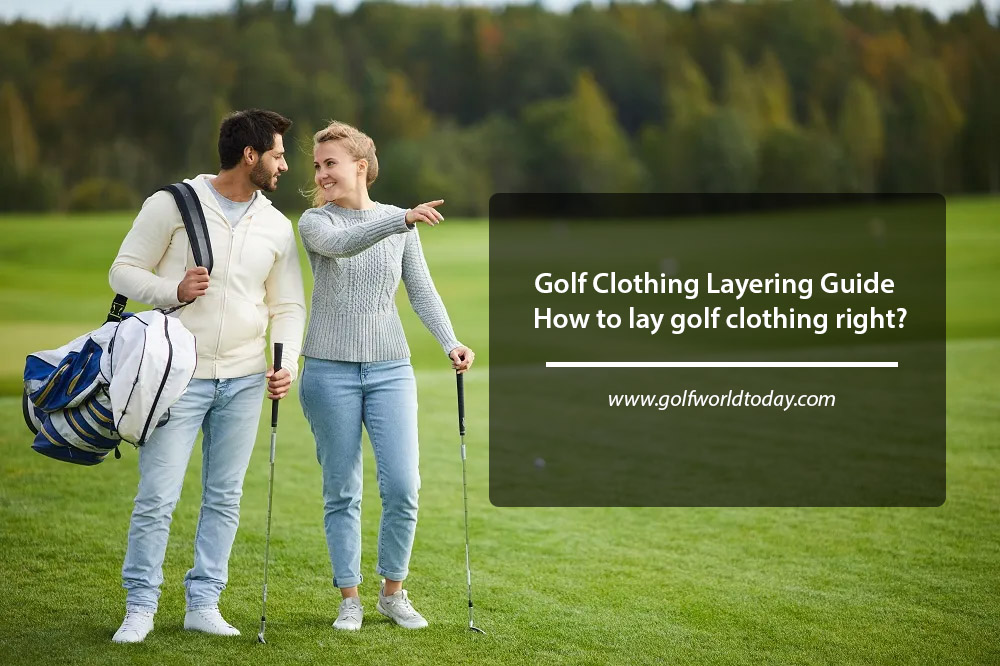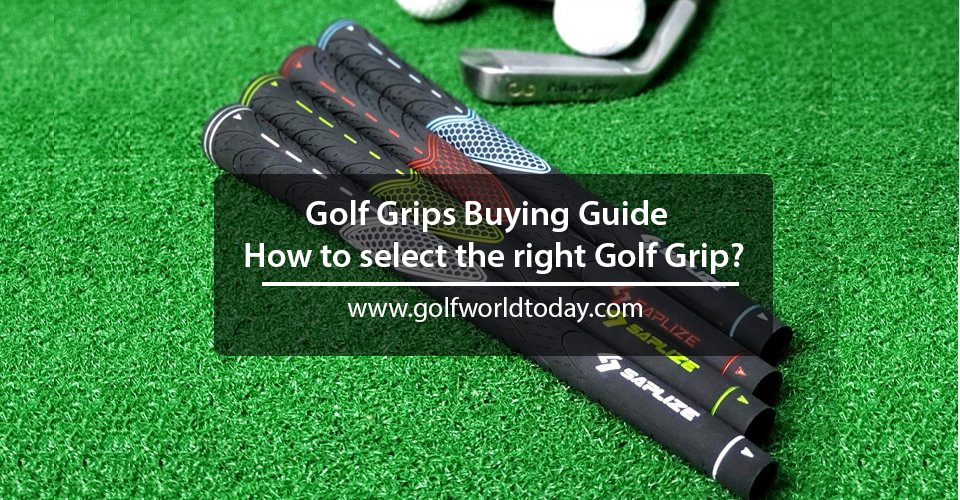Golf Wedge Buying Guide – How to select the right golf wedge? Research shows that around 25 % of all shots are played using a wedge so clearly they’re a vital part of every golfer’s game.
They can create birdies or save pars, but can also cause problems for golfers who struggle around the greens if they are not utilizing the right type of wedge for the shot. It is important that the wedges you carry increase your game and assist scoring.
Wedges may appear as basic clubs that are not as advanced when it comes to technology as a driver or irons, but that is untrue. Different types of wedges alongside varying specifications mean you need to research and look for a wedge that’s suits to your swing and needs.
Golf Wedge Buying Guide – How to select the right golf wedge?
Types of Wedges
Wedges can be divided into four main types:
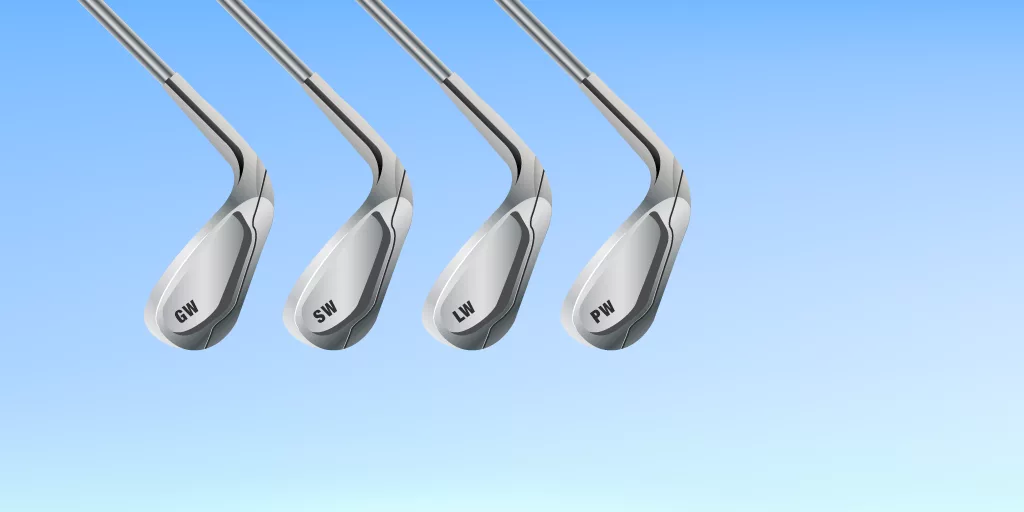
Pitching Wedges (PW)
The first and most common wedge is the pitching wedge. Typically with a loft between 44-48 degrees it really is used primarily for full shots into greens and some longer chip shots. Most modern sets tend towards a lower lofted or stronger pitching wedge to merge with longer-hitting iron designs, whilst also developing a need or gap for the, aptly named, gap wedge.
Gap Wedges (GW)
As the name suggests these wedges fill the ‘gap’ between the pitching wedge and the sand wedge. Occasionally referred to as an attack (AW) or utility wedge (UW), these wedges have a tendency to carry a loft of around 50 to and 53 degrees. Largely suited to fuller shots, they are typically added to player’s bag to bridge a distance gap and offer more variety near the green for pitches that don’t involve a complete swing and longer chips.
Sand Wedges (SW)
Usually in the range of 54 to 58 degrees, the sand wedge was origwithinally designed, because the name suggests, to escape from green side bunkers because of the heavier and wider design of its sole.
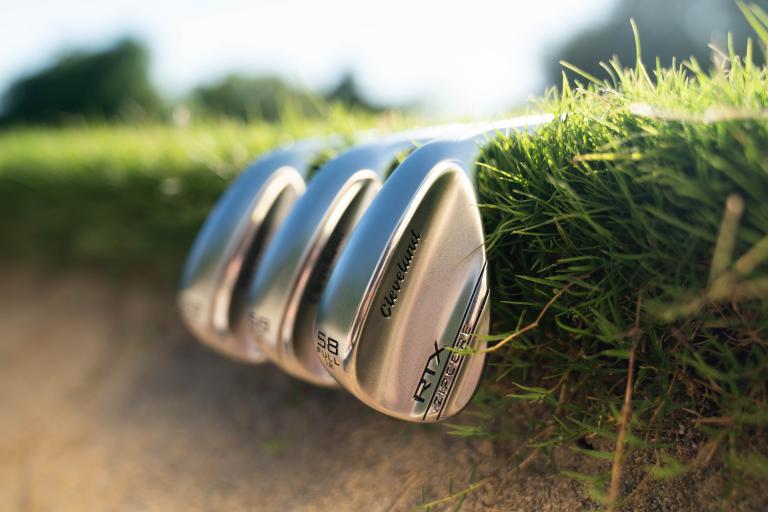
For a long time it had been the go-to club for chips and bunker shots round the green, because it was the highest lofted club in a player’s bag before lob wedge came along.
Lob Wedges (LW)
Lob wedges are the newest of the wedge designs. As its name suggests it includes a high loft of around 60 to 64 degrees, allowing golfers to produce more height and spin with shots close to the green. It tends to be used a lot more going to chips, flop shots and bunker photos than full shots.
Loft
The loft of a wedge is simply the angle created between the face of the wedge and an imaginary vertical line. The more loft on a wedge, the a lot more elevation on your shot, resulting in a higher ball flight with less distance, as seen below:
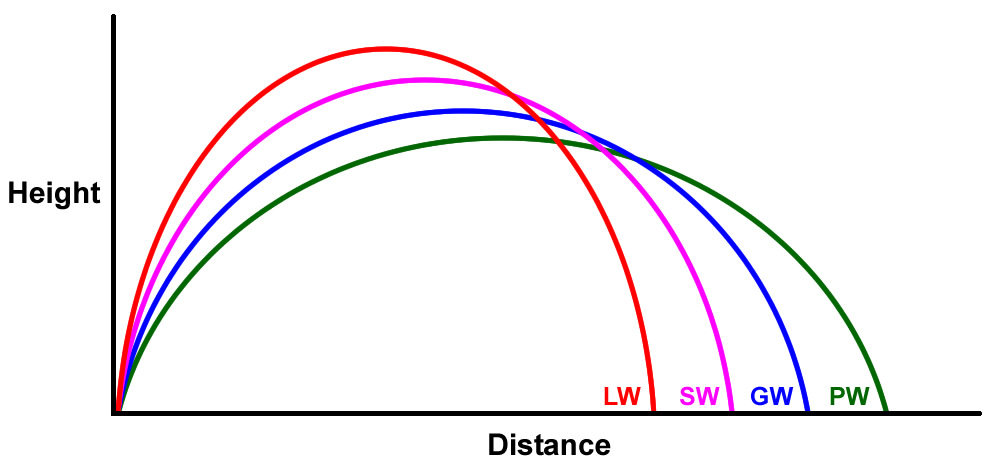
Most professional carry three or four wedges, to offer variation and selection to their short games. The main element in choosing a set of wedges is to ensure that there are no big gaps in loft between your lowest lofted iron in your set and the initial wedge and then also between edge wedge. Make an effort to keep carefully the lofts gaps to around 4 degrees between each club.
Bounce
The ‘bounce’ of a wedge is the area of the club that hits the turf, hence ‘bounces’ the club through the surface under the ball at impact. Bounce may be the group name for the elements involved with sole design: the bounce angle, sole width, industry leading, rocker and camber of a wedge.
Most discussions on bounce refer more specifically to bounce angle. The bounce angle is the angle from the leading edge to the point where the sole actually meets the bottom. Whilst many people think wedges sit flat on the floor, this simply not true.
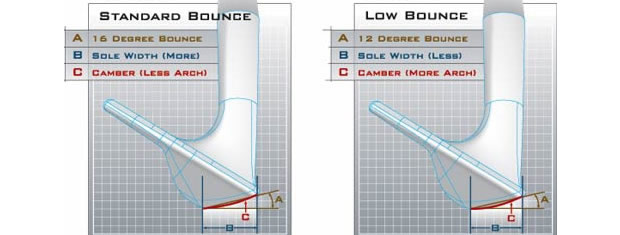
Bounce, and specifically the bounce angle, is added to prevent a wedge from digging into sand or turf, stopping the momentum of the club through the ball.
Low Bounce Wedges
Wedges with a bounce thengle of four to six 6 degrees are considered low-bounce. Wedges with reduced bounce will be becometter suited to players who sweep the ball, going for a shallower divot, firmer turf conditions (i.e. links courses) and heavy, coarse sand in bunkers or bunkers with little sand.
Mid Bounce Wedges
Any wedge with 7 to 10 degrees of bounce is considered to become a mid-bounce wedge. It will be probably the most versatile option, suited to a wider selection of conditions and swing types.
High Bounce Wedges
High bounce wedges have more than 10 degrees of bounce, meaning the leading edge sits higher once the sole is rested on the floor.
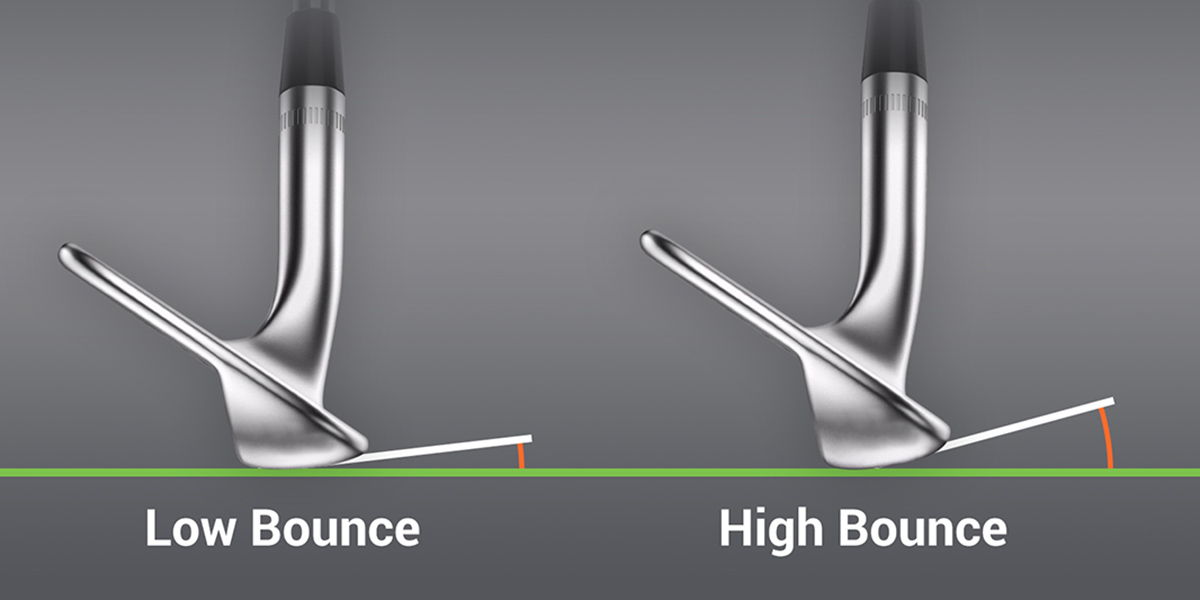
High-bounce wedges are suitable to players who dig at impact, taking deep divots, softer conditions (i.e. parkland courses) and bunkers with deep mud. For more information read our Guide to bounce.
Sole Grinds
As you are busy grinding away on the course, trying to save par, manufacturers are busy grinding wedges in a way to greatly help players hit better shots. Just what exactly is a sole grind?
In basic terms, the sole grind refers to the additional shaping of the only real of the wedge usually round the heel or the toe. More wedge manufacturers are actually offering offer a range of sole grinds in addition to the typical wedge sole. They literally grind the soles with a machine to match specific turf conditions or shots.
For instance a heel grind will remove material from the heel of the sole to allow the face to sit lower to the ground so it is easier to open the face at address. However sole grinds also change the bounce of the only real so it is important to receive advice from a teaching professional on the forms of grinds that will suit your game.

Finishes
Once a wedge has been made, it really is given a finish to offer a distinct look and colour. That is purely down to personal preference and taste as different completees could have almost identical levels of feel. However it is important to know how each finish will wear as time passes.
Finishes such as Chrome or Nickel will maintain their colour and appearance longer.
Unplated or raw finishes are designed to wear or even rust moreover time, which can improve friction and result in improved spin.
Darker finishes look great initially but over time the paint will wear off on the only real and face to give some nice wear marks if you want that type of thing.
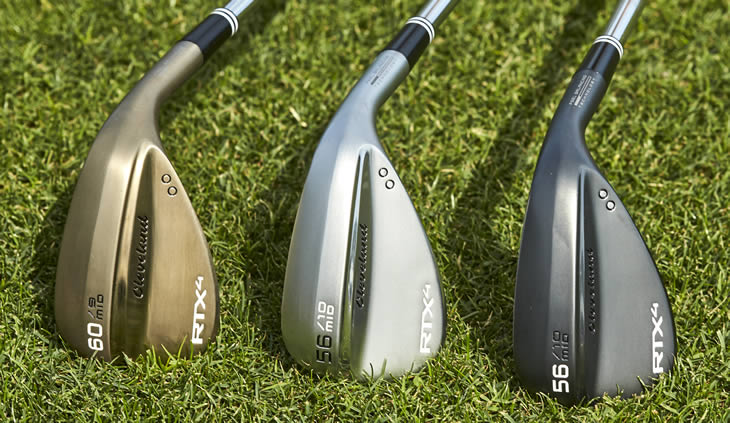
Shafts
Virtually all wedges come with steel shafts unless the wedges are part of a graphite set of clubs.
Most steel shafted wedges also come with a standard ‘wedge’ flex. This is actually more like a stiff shafted steel shaft in flex, but designed specifically for the shorter club. It provides maximum feel and accuracy and in such a short club, the flex is less important.
For more information on shafts, go to the Golf Shafts Buying Guide
Golfalot.TV: Wedge Fitting With Bob Vokey
